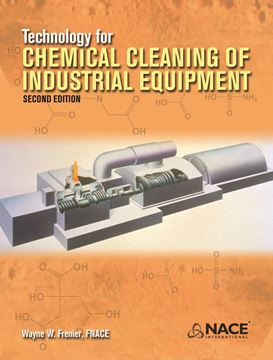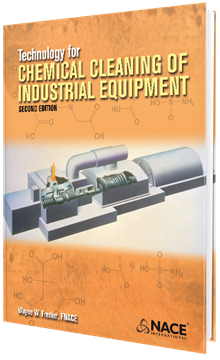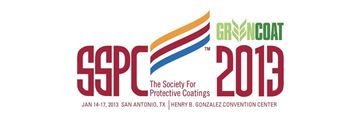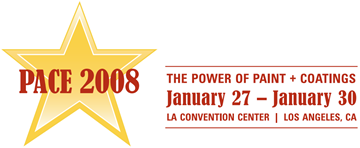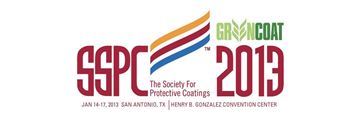Search
Products tagged with 'test methods'
View as
Sort by
Display
per page
SP0108-2008, Corrosion Control of Offshore Structures by Protective Coatings
Product Number:
21126-SG
ISBN:
1-57590-218-4
Publication Date:
2008
$109.00
SP0108-2008-SG (Chinese), Corrosion Control of Offshore Structures by Protective Coatings
Product Number:
21145-SG
ISBN:
1-57590-237-0
Publication Date:
2008
$179.00
SP0391-2016-SG (Formerly RP0391), Materials for the Handling and Storage of Commercial Concentrated (90 to 100%) Sulfuric Acid at Ambient Temperatures
Product Number:
21050-SG
ISBN:
1-57590-126-9
Publication Date:
2016
$109.00
Technology for Chemical Cleaning of Industrial Equipment - Second Edition
Product Number:
37634-pdf
ISBN:
978-1-57590-458-0
Publication Date:
2018
$148.00
Technology for Chemical Cleaning of Industrial Equipment, 2nd Edition
Product Number:
37634-e
ISBN:
978-1-57590-367-5
Publication Date:
2018
$148.00
Test Method Development for Improved Laboratory Accelerated Weathering of High Performance Coatings
Product Number:
41213-803-SG
Publication Date:
2013
$20.00
Testing Moisture Content in Concrete Subfloors Prior to Installing Floor Coatings
Product Number:
41208-445-SG
Publication Date:
2008
$20.00
The Effect of Four Commercially Available Steel Decontamination Processes on the Performance of Internal Linings
Product Number:
41215-911-SG
Publication Date:
2015
$20.00
The Effect of Laboratory Atmospheric Environmental Parameters on Corrosion Fatigue Damage
Product Number:
51323-19396-SG
Publication Date:
2023
$20.00
The Next Step in Solar Reflectance Testing for Roofing Products
Product Number:
41213-763-SG
Publication Date:
2013
$20.00
TM0101-2012-SG (Redline), "Measurement Techniques Related to Criteria for Cathodic Protection of Underground Storage Tank Systems" (Redline)<br><em>Redline versions of standards show the changes to the current edition of the standard since the last edition. Changes are shown in underline and strikeout. With the Redline, users will be able to quickly identify additions and deletions from the prev
Product Number:
21261-SG
ISBN:
1-57590-137-4
Publication Date:
2012
$109.00
TM0101-2012-SG Measurement Techniques Related to Criteria for Cathodic Protection of Underground Storage Tank Systems
Product Number:
21240-SG
ISBN:
1-57590-137-4
Publication Date:
2012
$109.00




